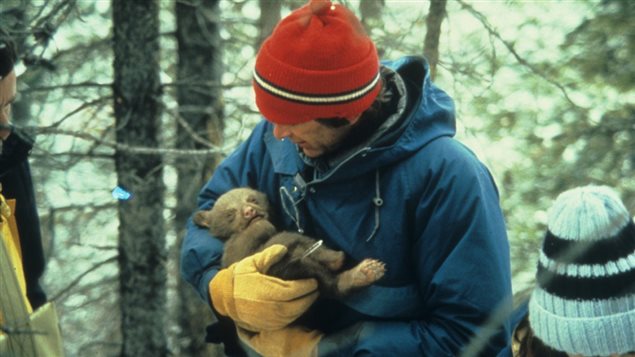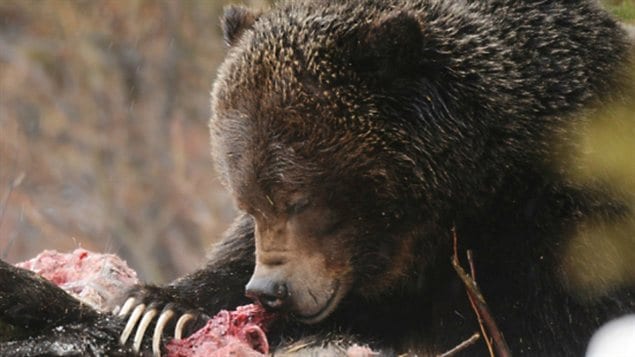Attacks by large carnivores such as bears, cougars and coyotes could be reduced by almost half if humans were to cut down on risky behaviour outdoors and be more aware of their surroundings, says a new international study.
“Remarkably, risk-enhancing human behaviour has been involved in at least half of the well-documented attacks,” says the study published Wednesday in the online journal Nature.com.
Stephen Herrero, professor emeritus of environmental science at University of Calgary and one of the co-authors of the study, said many people simply don’t have the knowledge related to the behaviour of large carnivores to know what’s the right thing to do.
(click to listen to the interview with Stephen Herrero and get his tips on what to do if you run into a bear)
ListenA team of researchers including Herrero, world-renown bear expert, analysed 700 large carnivore attacks since 1955 in North America and Western Europe.
“What we saw was an increasing trend, more attacks each decade, and these attacks were often associated with what we call inappropriate human behaviour, things people did that really if they had their smarts, they wouldn’t have done and it could have been avoided,” Herrero said.
Some of this risky behaviour included things such as walking a dog off leash and the dog going and barking at a bear or a cougar and getting it excited; letting children get out of view and thus being vulnerable to getting grabbed by a carnivore; not carrying bear spray, which is one of the fundamentals of safety around bears; not being alert, even though you are in an area where you know there are carnivores, Herrero said.
“It’s easy just to lapse into being reflective or being somewhere else, but not being alert,” Herrero said. “If you want to eliminate about a half of all major injuries that occurred from large carnivores, you can just follow those simple regulations.”
They found a large increase in the carnivore population at the same time that people have been heading outside to enjoy leisure activities. The study suggests that while attacks are extremely rare, the combination increases the probability of risky encounters.

The species of carnivores varied from place to place, but all were capable of injuring and, in extreme cases, killing people.
The study looked at cougars, coyotes, wolves, black bears, polar bears and brown bears, including grizzlies.
The study notes a “remarkable” increase in coyote attacks over the years in eastern North America, including in suburban areas.
Conflicts with polar bears have been increasing in the last decade due to more tourists in northern regions, increased oil and gas development along the Arctic coastline and decreasing ice cover due to climate change.
“Human-polar bear encounters are expected to increase as the sea ice continues to melt and hungry bears are driven ashore,” says the report.
Wolves were the only species to show a decrease in the number of attacks.
The report says encounters with large carnivores are usually overplayed by the media, including publication of sensational pictures that can lead to irrational fears that can affect conservation measures to protect the animals.
Reasons behind the other 50 per cent of attacks included people accidentally coming across a carnivore near a carcass or surprising one at close range or encountering an animal that has gotten used to feeding near human dwellings, Herrero said.
“The idea of being in tune with where you are and looking for things that maybe signs of danger is a very good principle,” Herrero said. “And it also gets us more in tune with environments we’re in and lets us benefit from reconnecting with nature.”
With files from The Canadian Press







For reasons beyond our control, and for an undetermined period of time, our comment section is now closed. However, our social networks remain open to your contributions.